 Almost all recipes of omelet or kookoo, and salads and yogurt based foods are vegetarian and prepared with no meat items. The following Persian recipes are very popular Guilac dishes. They are made of vegetables, herbs and egg and are used as vegetarian gourmet food. Shesh-and-oz-e-havij Ingredients: carrots 2 pounds, eggs 6, cooking oil 1/4 cup, lemon juice 2Tsp, sugar1/4 cup, water 1/2 cup, salt and pepper 1. Fry grated carrots over medium heat using the cooking oil in a nonstick saucepan and stir often until golden 2. Mix sugar, warm water, lemon juice and add to carrot, cover and cook for 15 minutes over low heat 3. Uncover and let the extra water to evaporate over higher heat 4. Remove the pan from the heat 5. In the same pan, divide the carrots into 6 parts and leave a place for each egg between them 6. Place the pan over heat again and break each egg into its place Serve readily with rice or bread Brief on Persian Cooking Persian or Iranian food is prepared with very diverse items. Cereals, grains, vegetables, herbs, fruits, spices and nuts are used frequently in popular recipes: polow, chelow, stews, kabob, kookoo... There are regional variations to each traditional recipe and so there is a wide range of combination open to one's choice. The following tips are to help you feel confident and try to prepare your own persian foods and enjoy. Cooking Omelet or Kookoo
Eggplant, squash, green beans, faba beans, green peas, spinach, cauliflower and many other vegetables are used to make omelet or Kookoo. For making an omelet you need to beat well the eggs (4-6), add baking soda (1tsp), salt and pepper and spices. Add already cooked tender vegetables of your selection (1-2cups). Mix and pour into hot nonstick pan over high heat, lift the sides to check thickening of the egg and fold the omelet when the bottom side is lightly brown, turn once. Serve immediately. Tips for fast cooking omelet 1. Use nonstick saucepan 2. Heat low cholesterol vegetable oil for cooking 3. Chop broccoli and cauliflower cook fast in boiling water 4. Chop eggplant, squash, onion and fry while stirring 5. Smash boiled potatoes 6. Chop finely the green beans and boil in water until tender 7. Use very finely chopped fresh dill,coriander, parsley, Persian leek 8. Add a bit of butter (1tsp) for flavoring Bird Nest Types There are so many nest types built in various ways and techniques built every year for breeding but some are reused for many years. In most species, the female does most or all of the nest construction, though the male often helps. However not all species build nests. Some species lay their eggs directly on the ground or rocky ledges. Some aquatic species such as grebes are very careful when approaching and leaving the nest so as not to reveal the location. Some species will use leaves to cover up the nest prior to leaving. The smallest bird nests are tiny cups which can be a mere 2 cm (0.79 in) across and 2–3 cm (0.79–1.2 in) high. At the other extreme, some nest mounds measure more than 11 m (36 ft) in diameter and stand nearly 5 m (16 ft) tall. http://en.wikipedia.org/wiki/Bird_nest Adherent: Made of mud and built against a surface in a tree or cliff to form a nice shape.
Aquatic: Built up with sticks and debris; anchored, floating, in shallow or deep water. Burrow: Built underground in a canal, to create a safe place for their eggs. Cavity: Formed inside a tree using an existing cavity or create one. Cup: Made from grasses, twigs and mud, in a tree or on the ground. Enclosed: Similar to a cup with a small entrance hole. Mound: Heap of twigs and vegetation in form of a mound to protect and keep the eggs warm. Pendant: Hanging nest, woven from fine grasses. Plate: Shallow cup made of foliage or mud. Platform: Huge nest, for larger eggs. Scrape: Very shallow depression lined with grasses, feathers or moss. http://www.handykam.com/Bird-hints-and-tips/bird-nest-types http://www.stanford.edu/~petelat1 A sandwich is a popular food item as the most practical package lunch for taking to work, school or picnics.
You can use many types of bread for making your sandwich and the filling can be varied and adaptable.The modern sandwiches are prepared with breads coated with condiments and contain a combination of salad vegetables, meat, cheese, and a variety of sauces or savoury spreads. There is a list of 64 regional sandwich styles in the wikipedia article on sandwich: http://en.wikipedia.org/wiki/Sandwich Tips for making healthy delicious sandwiches 1- Choose good whole grain sandwich bread, or Pita and 'Lavash' flat bread. 2- Choose low fat cheese. 3- Try vegetable based high fiber spreads. 4- Prepare grated walnut, cheese and chopped fresh herbs in small quantities ahead, and keep refrigerated or use readily. 5- Try chopped fresh herbs and roasted vegetables. 7- Cut your sandwich in smaller portions before wrapping, and keep in cold place. The distinction between birds songs and calls is based upon complexity, length, and context. In non-technical use, bird songs are the bird sounds that are melodious to the human ear. Songs are longer and more complex and are associated with courtship and mating, while calls tend to serve such functions as alarms or keeping members of a flock in contact.
Howell and Webb (1995) make the distinction based on function, so that short vocalizations such as those of pigeons and even non-vocal sounds such as the drumming of woodpeckers and the "winnowing" of snipes' wings in display flight are considered songs. It is generally agreed upon in birding and ornithology which sounds are songs and which are calls, and a good field guide will differentiate between the two.The songs of different species of birds vary, and are more or less characteristic of the species. In modern-day biology, bird song is typically analyzed using acoustic spectroscopy. Species vary greatly in the complexity of their songs and in the number of distinct kinds of song they sing (up to 3000 in the Brown Thrasher); in some species, individuals vary in the same way.The specificity of bird calls has been used extensively for species identification. Some musicologists believe that birdsong has had a large influence on the development of music. There seem to be three general ways musicians or composers can be affected by birdsong: they can be influenced or inspired (consciously or unconsciously) by birdsong, they can include intentional imitations of bird song in a composition, or they can incorporate recordings of birds into their works. Bird song is a popular subject in poetry. Source: http://en.wikipedia.org/wiki/Bird_vocalization Read more about birds: http://www.stanford.edu/~kendric/birds/BirdSite.html http://www.stanfordalumni.org/news/magazine/2001/marapr/features/cardinal.html http://birds.audubon.org/faq/birds http://birds.audubon.org/common-birds-decline http://www.birds.cornell.edu/ http://imnh.isu.edu/digitalatlas/bio/birds/main/ident/bvk6sb.htm Food is the primary motivation, for birds migration; some hummingbirds will not migrate if fed through the winter. As the days shorten in autumn, the birds return to warmer regions and enjoy the constant food supply.
The primary physiological cue for migration, are the changes in the day length. These changes are also related to hormonal changes in the birds. In the period before migration, many birds display higher activity as well as physiological changes such as increased fat deposition. The routes taken on forward and return migration are often different. A common pattern in North America is clockwise migration. The specific routes may be genetically programmed or learned to varying degrees. Species that move short distances, however, may not need such a timing mechanism, and may move in response to local weather conditions. Many, if not most, birds migrate in flocks. For larger birds, flying in flocks reduces the energy cost. Geese in a V-formation may conserve 12–20% of the energy they would need to fly alone. However, radar studies showed some birds; Red Knots and Dunlins, are able to fly 5 km per hour faster in flocks than when they were flying alone.
Photography: http://en.wikipedia.org/wiki/Vegetable_juice Fruits Juice Properties * Apple : muscular and nerves tonic, diuretic, anti-rheumatic, anti-gout, intestinal antiseptic, blood cleansing. At large quantities ease constipation. Is also added to other juices for flavor. Apricot : full of vitamins and minerals. Help reduce physical and intellectual fatigue, anemia and convalescences. Barberry: strong sedative. Recommended against diarrhea (cholera), fever, anemia and also hangovers. It is efficient in curing malaria and the lung infections. Decreases the blood pressure and is a uterine stimulant. Add water for milder acidic taste. Bilberry: particularly indicated in the treatment of the intestinal infections: enteritis, colitis, diarrhea, dysentery, putrefaction, coli bacillus. It is an effective uric acid dissolvent. Improves night sight. Black Current: anti-rheumatic, anti-arthritic, anti-gout. Stimulates liver functions. Cherry: energizer remineralizing and regenerating. Recommended in arteriosclerosis, gout, and arthritis, blood cleansing and anti-rheumatic. Anti-aging by its purifying and detoxifying properties. Cranberry: appetizing and blood cleansing. It acts on blood circulation, hepatic functions, digestive and urinary system, easing rheumatism and gout. Mixed with water is an excellent drink for feverish conditions. Grape: called “Vegetable Milk”. High in calories it is stimulant and re-mineralizing, a strong detoxifier recommended in arthritic, rheumatic, gout and excess blood urea, hypertension, enteritis, and hepatic congestion conditions. A few days of daily use of 1000-1200g of the grape juice eases overwork or obese discomfort. This cure could be extended to 2-3 weeks with average daily drinking dose of 1200-1400g, in serious cases. Grapefruit: aperitif and strong hepatic stimulant. Improves blood fluidity and protects veins. Lime/Lemon: highly aromatic and refreshing. Its daily use is recommended for blood cleansing. Is found to possess antibiotic, anti-carcinogenic and detoxifying properties. May be used alone or mixed with other juices. Mandarin or Tangerine: tonic and sedative. Contains bromine. Makes pleasant changes to other juices. Melon: refreshing and alkalizing. Friend of hepatics, detoxifying. Contains minerals: iron, phosphorous and calcium, also vitamins A and C. Mulberry: laxative. A refreshing drink used alone or mixed with water to help rheumatic, gout, dermatitis and fever conditions. Mixed with cranberry juice and some water, it is very refreshing and is recommended in all urinal inflammations. Orange: popular refreshing and tonic drink. It also improves blood fluidity and vascular strength. For a greater effect, blend in pieces of the skin with the pulp. Peach: mild diuretic and laxative, also brings great help to dyspeptics. Pear: blood cleansing, diuretic and uric acid eliminator. It is astringent and is used to cure diarrhea. It also re-mineralizes the body and is indicated in conditions such as: anemia, fatigue, tuberculosis. Pineapple: contains vitamins, microelements and minerals and a strong digestive ferment. The fruit juice is recommended in inflammatory conditions and has diuretic and detoxifying properties. Plum: nerves stimulant, energetic, diuretic, laxative and detoxifier. Recommended use in rheumatism, arteriosclerosis, general weakness conditions. Pomegranate: a tonic for the heart. Healthful counterbalance to a diet high in sweet-fatty components. Contains tannins, potassium, vitamin C and B5. Helpful in coronary artery, diabetes and cancer, and against intestinal infection and parasites. Raspberries: rich in antioxidants. Brings taste and color in a mixed juice drink and may accompany any juice, i.e. apple, orange… Strawberry: mineralizing. Is anti-rheumatic and anti-gout through eliminating uric acid from the body. Stimulating hepatic functions, regulating nerve system and is used for arteriosclerosis. Watermelon: diuretic and refreshing. Rich in lycopen, carotenoid which is known to protect against prostatitis. Contains vitamin C. Vegetables Juice Properties * |
|
Archives
July 2020
Categories
All
|
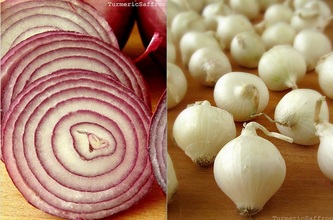
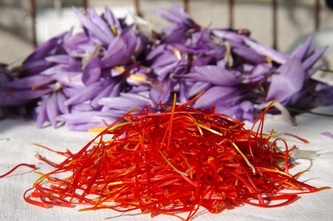
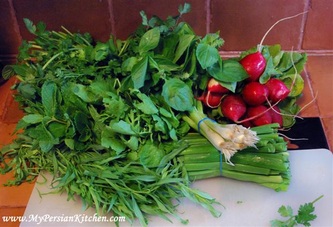
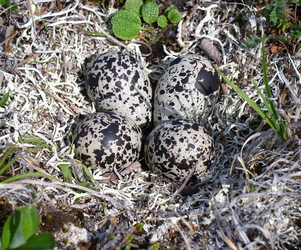
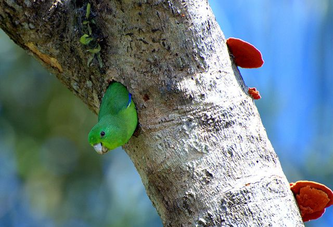
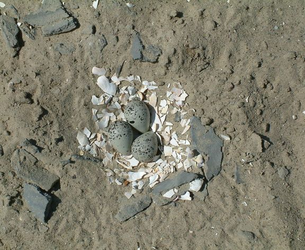
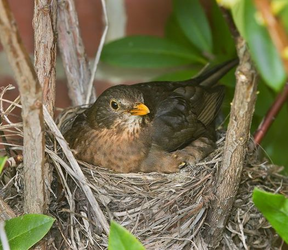

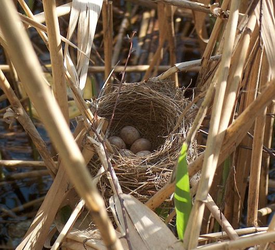
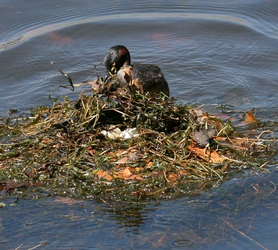

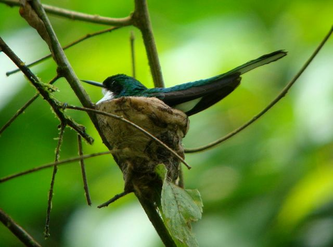

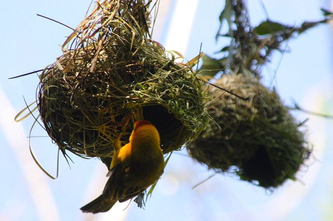
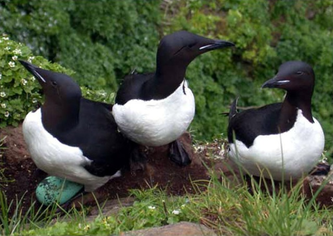
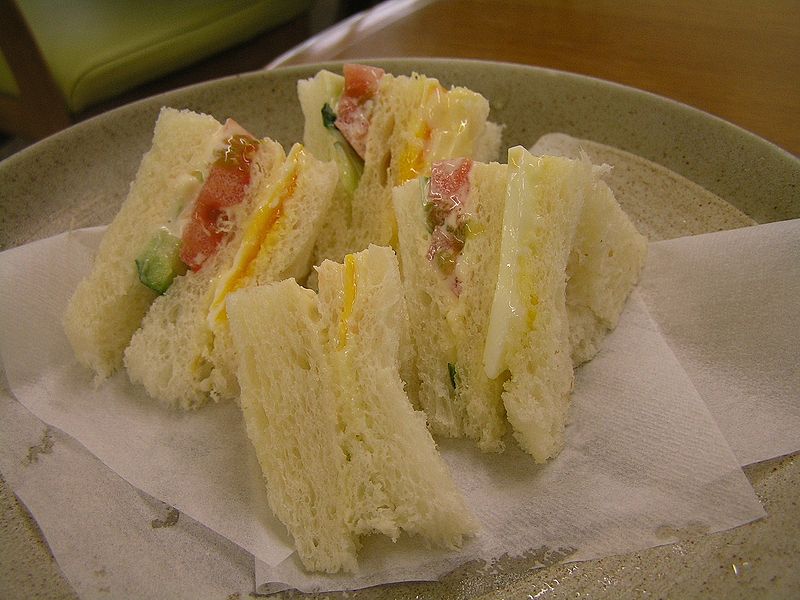
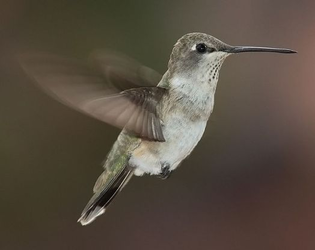
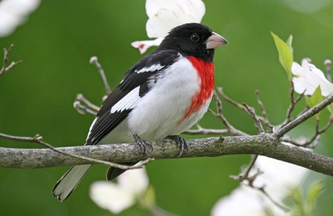
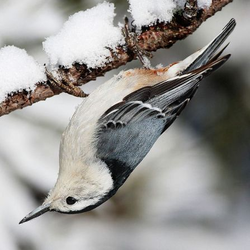
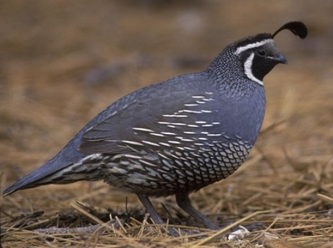
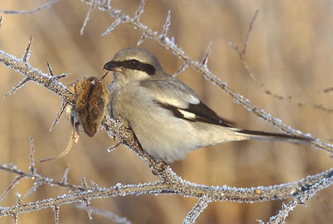
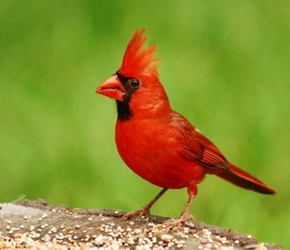

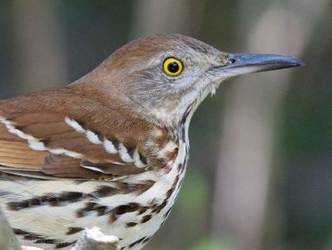
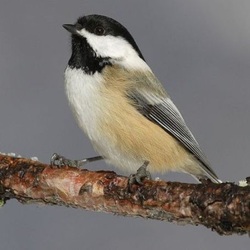

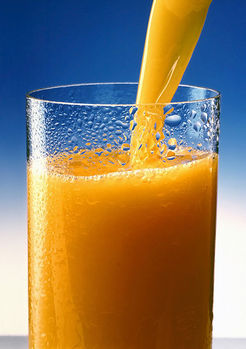
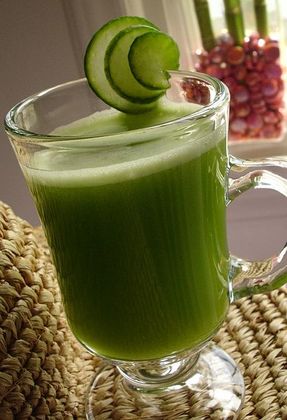
 RSS Feed
RSS Feed
